April 28, 2024 | 18:56 GMT +7
April 28, 2024 | 18:56 GMT +7
Hotline: 0913.378.918
April 28, 2024 | 18:56 GMT +7
Hotline: 0913.378.918
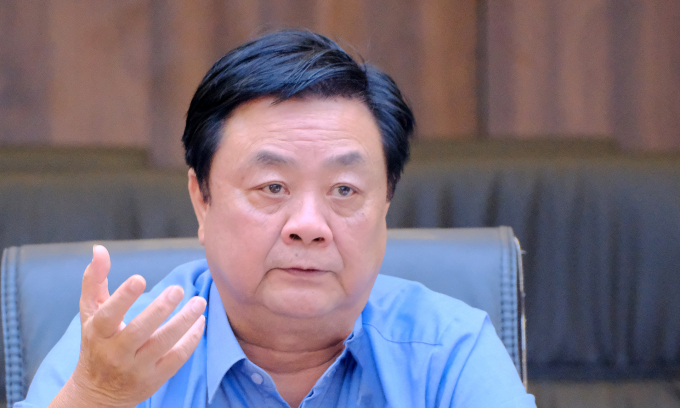
Minister Le Minh Hoan asked units under the Ministry of Agriculture and Rural Development to focus on solving problems related to sturgeon import activities. Photo: Duc Minh.
Hearing the report of the CITES management authority of Vietnam on the sturgeon import activities on April 20, MARD Minister Le Minh Hoan demanded all stakeholders consider all problems and reach conclusion in detail to instruct enterprises, ensuring mutual benefits of both importers and domestic production and business units.
The minister underlined the importance of not letting problems within their authority to remain for a longer duration. Exclusively for sturgeon import activities, the MARD leader urged affiliated units to adhere to the Government's Decree No. 06/2019/ND-CP on the management of endangered forest plants and animals. This is regarded as a localization of the CITES Convention, as well as a legal foundation for related parties to deploy and implement.
Since 2020, many sturgeon enterprises, cooperatives, and household farming in Vietnam have reported the importation of a flock of Chinese sturgeons. The source from China has not been verified, and the price is around half or one-third the price of local sturgeon.
Due to the difficulties of tracing imported sturgeon's origins, some may be hybrids. This is in violation of the Convention on International Trade in Endangered Species, to which Vietnam is a party. Where CITES mandates unequivocally that every sturgeon imported and commercially produced must be purebred.
Deputy Minister Phung Duc Tien noted that hybrid sturgeon have a stronger and heavier body than purebred sturgeon. According to the Deputy Minister, the importation of hybrid sturgeon should be prohibited.
In Vietnam, the Institute of Ecology and Biological Resources is often the agency that evaluates sturgeon on the basis of mitochondrial genes. However, this institute merely provides evaluation findings and does not make a determination regarding the specimens' suitability for the CITES permit. There are two reasons for this: mitochondrial genetic testing solely establishes maternal inheritance, and assessing mitochondria on a single gene should not be conclusive.
In 2021, 24 samples matched the gene sequence of Amur sturgeon, two samples matched the gene sequence of Sterlet sturgeon, but up to 220 samples matched both Siberian species and the genetic sequence of Russian sturgeon. This number only reflects a portion of the hybrid sturgeon population.
Mr. Le Thanh Hoa, head of the SPS Vietnam Office, proposed that the two nations work to build a neutral testing center to protect the interests of exporters and importers.
According to Mr. Hoa, importing sturgeon for food and commercial production requires a unique set of evaluation criteria, with particular attention devoted to the risks of food insecurity and even the transfer of disease viruses to native sturgeon.
Concerning difficulties involving SPS in sturgeon imports, Mr. Hoa proposed that the parties align their interests in accordance with WTO regulations and international standards. The head of the Vietnam SPS Office noted that in certain regions bordering China, sturgeon farming is regarded as a means of reducing poverty.

Sturgeon is widely raised by people in the Central Highlands and some Northwest provinces. Photo: Bao Thang.
As there must be no institutions in Vietnam that come to a conclusion about the examination of imported sturgeon, Deputy Minister of Agriculture and Rural Development Phung Duc Tien emphasized that sturgeon granted a CITES license must be purebred.
From a scientific standpoint, he stated that the "general finding" is unacceptable. The Deputy Minister offered many alternatives, including stringent oversight of sampling certificates, increased sampling frequency, and increased sample size. If concluding with a single gene sequencing is not achievable, the MARD leader has invited stakeholders to collaborate on sequencing several genes until a "final answer" is obtained.
As soon as concerns regarding sturgeon imports emerged, Deputy Minister Phung Duc Tien took direct control of import activities at the border gate, as well as at animal quarantine facilities and commercial businesses.
Because sturgeon is listed in CITES Appendix II, it does not require an import CITES permit, but only an export permit. This poses difficulties for the management agency if the importer does not adhere to the requirements strictly.
Deputy Minister Phung Duc Tien, who shares this issue, stated that the Ministry of Agriculture and Rural Development would work closely with the Ministry of Public Security to firmly address the smuggling situation. Additionally, the Deputy Minister requested that CITES Vietnam immediately take the following steps: Send a report seeking input from relevant agencies and units; Organize a broad group of fact-checking specialists; and Select a unit capable of explaining, or referring to, the issue internationally.
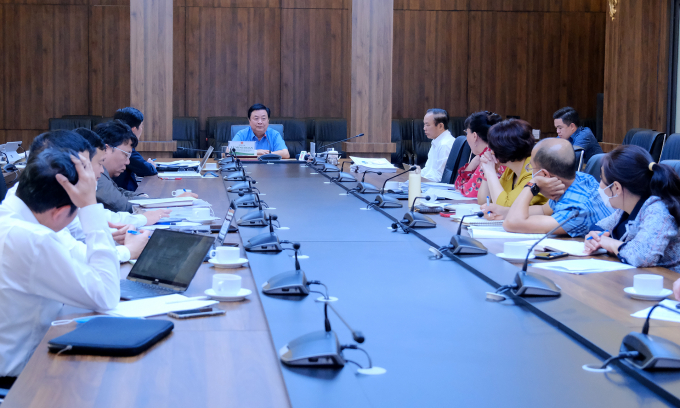
Minister Le Minh Hoan and Deputy Minister Phung Duc Tien listened to the opinions of the units about the importation of sturgeon. Photo: Duc Minh.
Ms. Ha Thi Tuyet Nga, Director of Vietnam's CITES management authority, stated that the world is home to 27 different species of sturgeon, which are all classified according to the CITES treaty. Only two of these species are mentioned in Appendix II; the remainder is included in Appendix I. (species are threatened with extinction, and prohibited from export, importing, re-exporting, importing from the sea, transit of specimens from nature for commercial purposes).
Vietnam now permits the importation of only live sturgeon specimens from China and fertilized caviar from Germany and Russia. Our country imports around 2,500 tons of live fish and 20 kg of caviar each year.
Vietnam permits the importation of live sturgeon specimens of two species: Siberian sturgeon and Russian sturgeon. CITES Vietnam approved permission for the importation of about 3,000 tons of live sturgeon into Vietnam in 2021.
Faced with China's worries over sturgeon imports into Vietnam, CITES has written to its counterpart three times in the last month, requesting clarification on whether sturgeon in Chinese farms are purebred or not. However, CITES Vietnam has received no response to yet.
Simultaneously, CITES Vietnam has written to the International CITES Secretariat requesting assistance in assessing sturgeon and coordinating the development of relevant reference, testing, and behavioral measures. Additionally, the agency arranges inspection missions for firms importing live sturgeon from China on a continual basis in order to advise and assist state management organizations.
Translated by Linh Linh
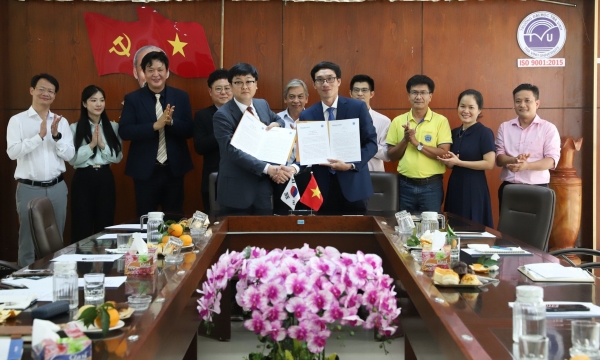
(VAN) On April 27, Tra Vinh University and Aquaworks Group from South Korea conducted an exchange and signed an agreement of scientific collaboration, focusing on research and develop advanced technologies for clean water.
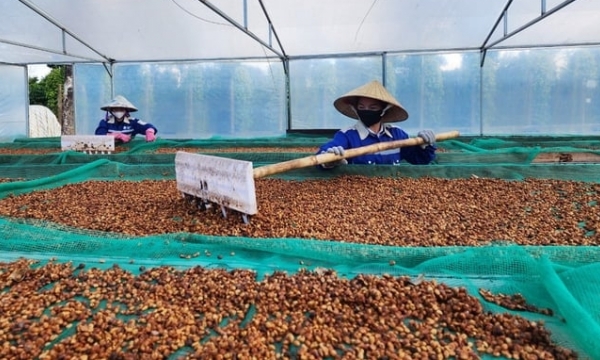
(VAN) Over 2 years (2022-2023), the total import-export turnover of the Central Highlands reached $ 4.6 billion, less than 1% of the import-export turnover.
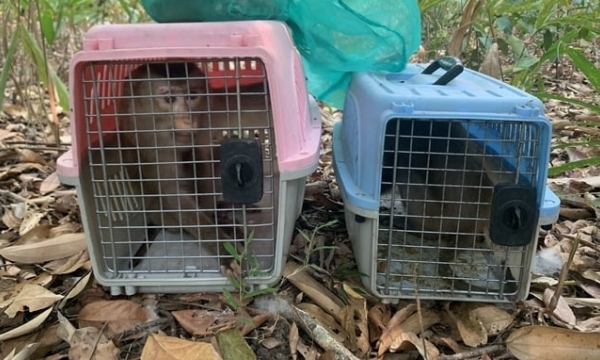
(VAN) After local residents voluntarily transfer them, the 3 pig-tailed macaques are cared for and in good health before being released back into the wild.
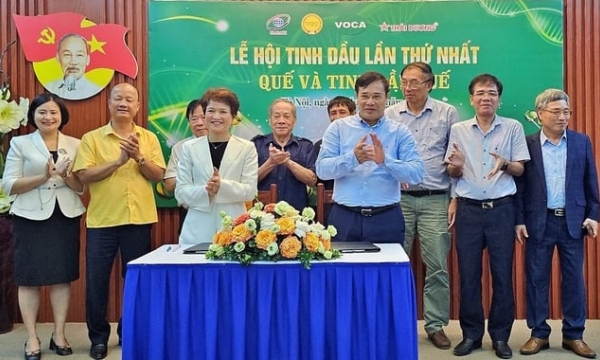
(VAN) Shortage of skilled and specialized human resources, incomplete production processes, and lack of methods to access the global market are common difficulties of the cinnamon industry.
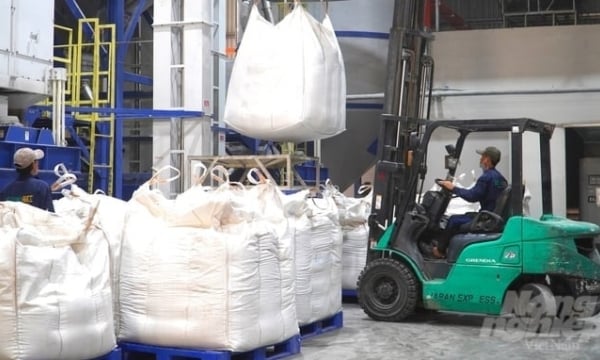
(VAN) In anticipation of a global shortage in rice supply, Vietnam is determined to restructure, enhance value, fulfill domestic consumption needs, and maintain a rice export volume of 7.4 million tons in 2024.
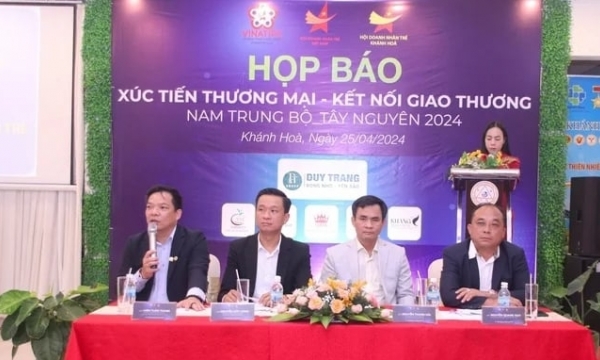
(VAN) The Trade Promotion and Connectivity Program between the South Central Coast and the Central Highlands in 2024 will be held in Nha Trang City on May 23
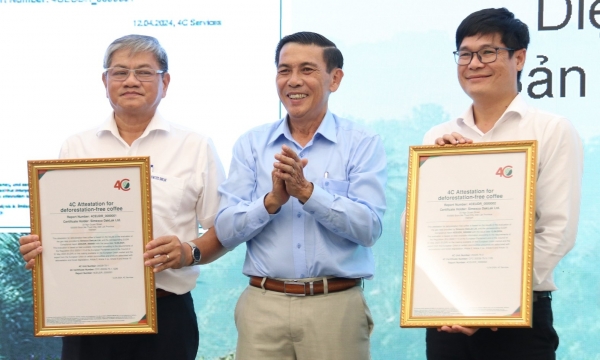
(VAN) Simexco DakLak has been approved for EUDR compliance, which includes 4,957 farmers and 5,375 hectares of production linkage areas.